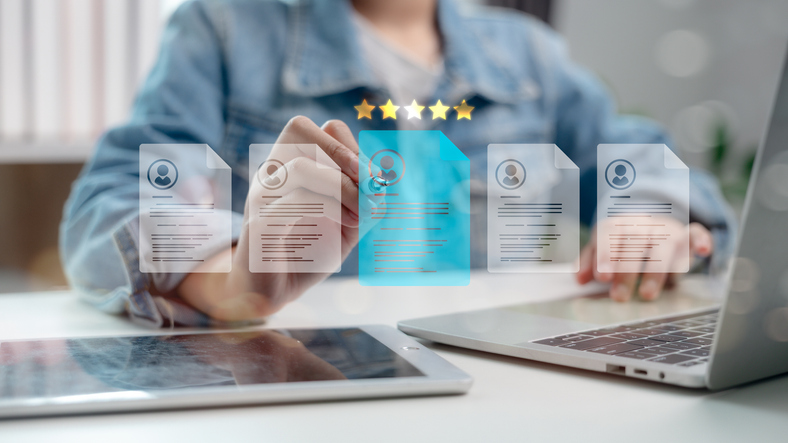David Thornburg

David Thornburg is founder and director of global operations at the Thornburg Center, which helps clients to think intelligently about the future and explore ways that telecommunications and multimedia will change the face of learning. His educational philosophy is based on the idea that students learn best when they are constructors of their own knowledge. He also believes that students who are taught in ways that honor their learning styles retain the native engagement with learning with which they entered school. His latest book, “STEM Education: From Sputnik to the 22nd Century,” (www.tcse-k12.org) explores the challeng, opportunities and proven methods for improving education at all grades in science, technology, engineering and mathematics.
David Thornburg recently spoke with T&L contributing editor Matt Bolch on his take on edtech:
?MB: How has technology shaped how students learn in the past 10 years?
One of the major transformations in the past decade has been the growth of broadband into more than 50% of U.S. homes, plus the nearly universal access to children of home-based computers. This combination suggests that homes are now richer sources of information than most classrooms—something that was clearly not the case a generation ago. The opportunity for education is to have teachers continue to provide their unique and critical roles as those who help students learn to think and to foster student creativity while taking advantage of technology in the home and in the classroom.??
Of course, with the advent of netbooks, 2009 will be remembered as the year when it became cheaper for schools to provide a laptop computer for every child than to provide expensive textbooks. The textbook is not only expensive, it encourages a mode of teaching devoid of creativity and discovery. While there have always been some students who learned well in a textbook-centric environment, many did not. We are at a time in history when we can not afford to have an undereducated population. The challenge is how to get schools to make the deep systemic changes that effective technology use offers. Some schools have made the transition, but many have not.??
MB: What role does open source software play in education, for schools and school districts, but also for students?
?The beauty of open source software is multi-fold. First, it offers extremely high quality applications (e.g., GeoGebra) at no cost. While cost is not the most important factor, it is relevant because, with wide use of open source tools, students can use the identical applications at home they use in the classroom—without having to purchase them. Another role of open source software is that it frees school budgets to purchase those proprietary titles for which there are no open-source equivalents. The wonderful tools created by Tech4Learning, for example, are prime examples of this kind of application.
Tools and ideas to transform education. Sign up below.
??Beyond the domain of the software itself, the open source operating system, Linux, is of great importance in education for several reasons. First, it is amazingly reliable and boots quickly—both important features for classroom computing. Second, most distributions (e.g., Ubuntu) provide automatic updates not only for the OS, but for the applications as well, so your computer is always fresh and finely tuned. My experience has been that a 3-year-old laptop running Linux outperforms a brand new computer running any version of Windows. The barrier to moving to Linux comes from fear of the unknown. While many bemoan the problems of commercial operating systems, they stick with them, paying huge sums (per site) to do so, because that is how things have always been done. This barrier is falling in some places but still remains in place in most parts of the U.S. Other countries have taken a different approach. every child in Uruguay, for example, has a Linux-based laptop using the Sugar user interface developed at MIT. Some countries in Europe have large-scale Linux installations in schools. In all cases, they are paying less for (arguably) better quality.??
MB: What is the biggest learning challenge students face today??
A generation or so ago, it was common to think of a core body of knowledge that would prepare people for life—a core that was fairly static. Those days are gone (with the exception of literacy and numeracy). We live in a world of tremendous dynamic change, a world in which creativity becomes a non-exportable resource. One of the challenges students face today is understanding how much the world has changed. Some parents and teachers preserve a misty-eyed view of the past that they feel remains relevant today, even though we clearly live in a very different world.??
The task of helping students move from a "thing"-based curriculum to one based on processes (verbs) is challenging—for students, parents, and teachers alike—but it is a transformation that is absolutely required if today's youth are going to invent the future in which we all will live.
